Conversational commerce is a customer engagement strategy to provide a more personalized shopping experience. By following the right steps and focusing on the customer experience, businesses can create successful conversational commerce strategies that drive growth and loyalty.
As technology continues to evolve and transform the way we interact with the world around us, businesses are in a constant search for new ways to connect with customers and provide a seamless shopping experience.
It's no longer just about products or prices; that has an impact on conversion, instead, it’s the positive customer experience a brand delivers.
One such solution is conversational commerce, which uses messaging apps, chatbots, and voice assistants to enable commercial transactions.
What is Conversational Commerce?
Conversational commerce refers to the use of messaging, chat, or voice interfaces to interact with customers and sell products or services. It allows businesses to engage with customers in real-time, on the platforms they use most frequently, and in a conversational manner that feels personal and human.
At its core, conversational commerce is about making the buying process more convenient, seamless, and efficient for customers. Instead of having to visit a physical store or navigate a website to make a purchase, customers can simply send a message or voice command to a chatbot or customer service representative and get the information they need, ask questions, and complete a transaction.
Conversational commerce is not a new concept, but it has become increasingly popular in recent years with the rise of messaging apps and chatbots. According to a survey by Facebook, over 70% of consumers surveyed said they have used messaging apps to communicate with businesses, and over 60% said they have made a purchase using a messaging app.
Type of Conversational Commerce
Now that we've established what conversational commerce is, let's explore the different types of conversational commerce that businesses can use to engage with customers and drive sales. Here are five common types of conversational commerce:
Chatbots
Chatbots are software programs designed to mimic human conversation and provide automated responses to customer queries. They can be used across multiple platforms, including websites, messaging apps, and social media, and can help businesses save time and money by handling customer inquiries and transactions without human intervention.
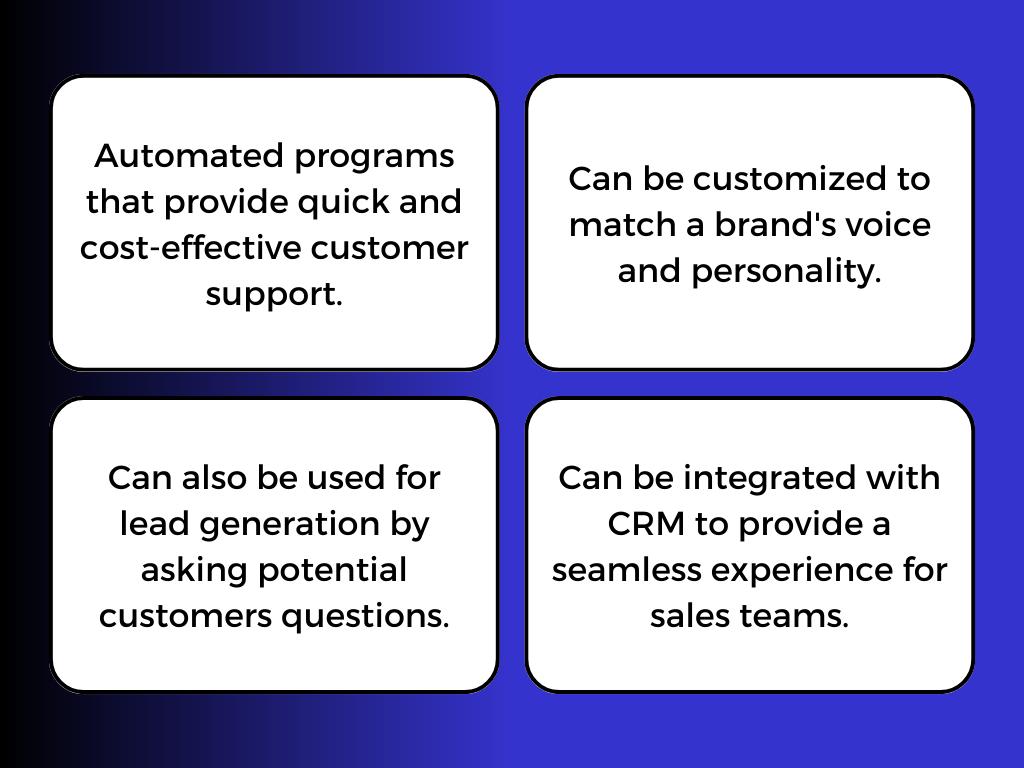
Messaging Apps
Messaging apps like Facebook Messenger, WhatsApp, and WeChat allow businesses to interact with customers in real-time, on the platforms they use most frequently. Customers can ask questions, receive product recommendations, and complete purchases without ever leaving the app.
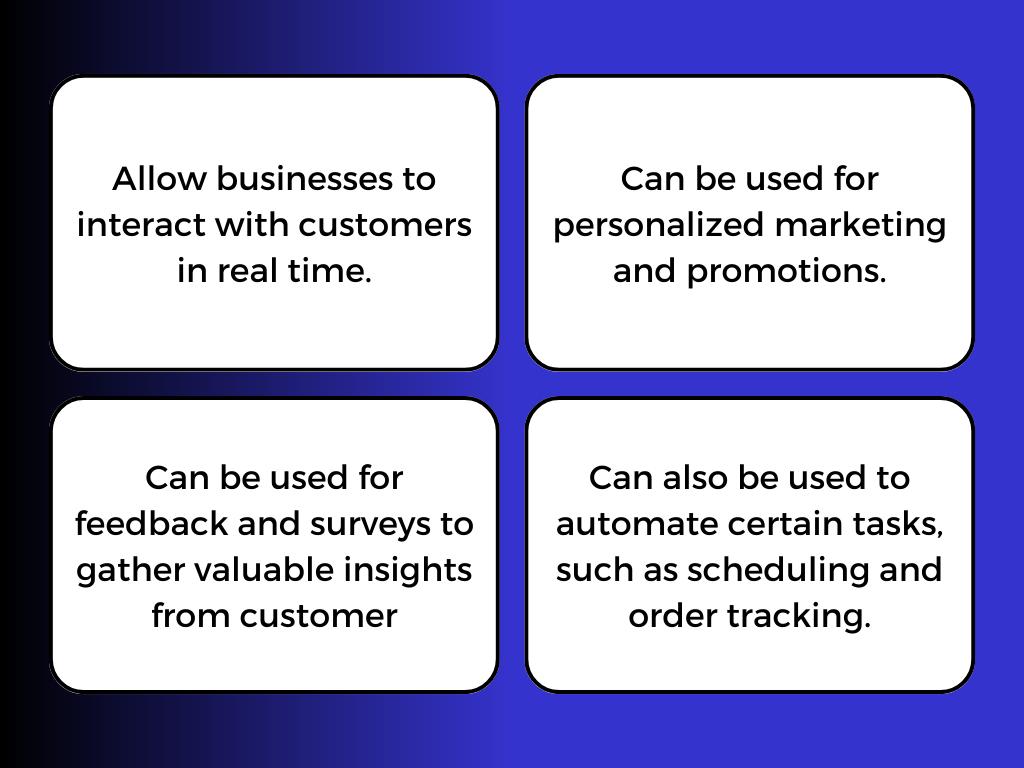
Voice Assistants
Voice assistants like Amazon's Alexa, Google Assistant, and Apple's Siri are becoming increasingly popular, and businesses can use them to provide a hands-free shopping experience. Customers can ask for product information, make purchases, and even reorder their favorite items using just their voice.
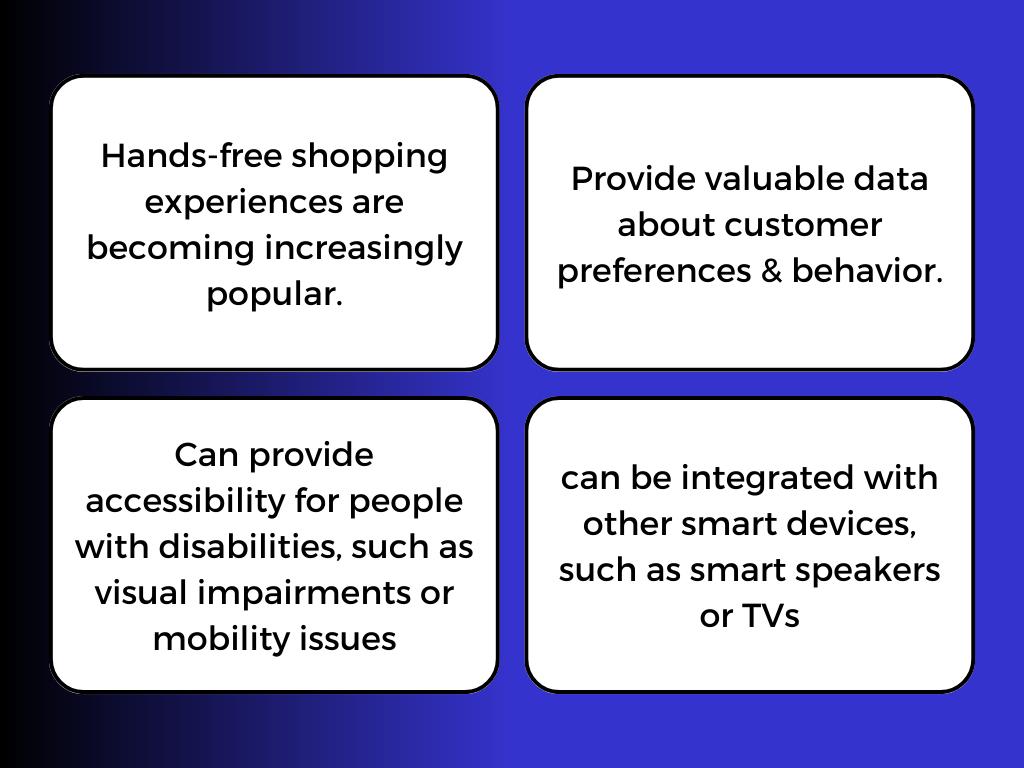
Live Chat
Live chat allows businesses to provide real-time customer support on their website. Customers can ask questions and get immediate assistance from a customer service representative, helping to reduce friction and increase conversions.
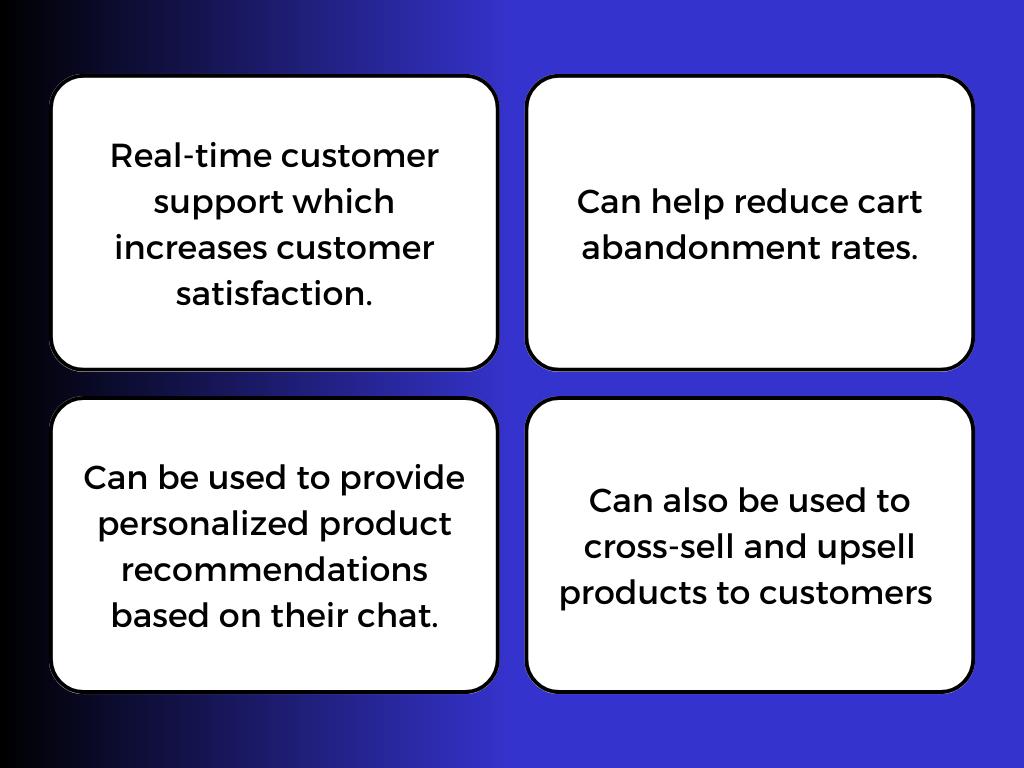
Social Commerce
Social commerce refers to the use of social media platforms like Instagram and Pinterest to sell products directly to customers. Businesses can use messaging and chat features on these platforms to engage with customers, provide product information, and drive sales.
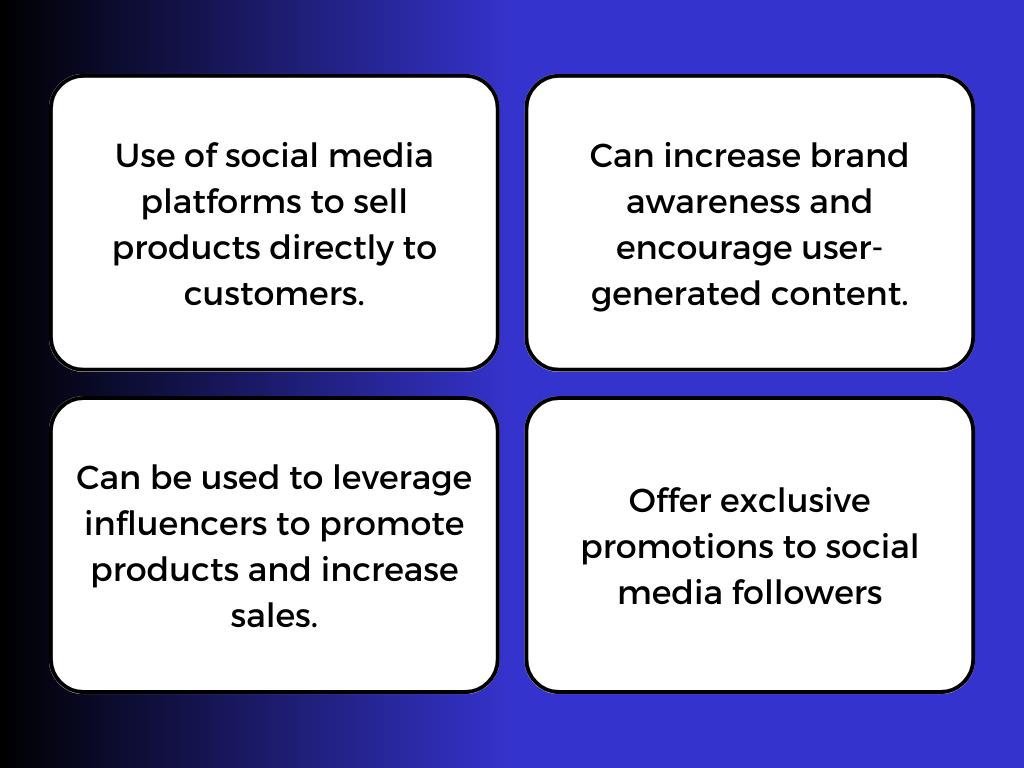
5 Pros of Conversational Commerce
Now that we've explored what conversational commerce is and the different types of conversational tools available, let's take a closer look at some of the benefits of using conversational commerce.
Here are some of the most significant advantages of using conversational commerce:
- Personalization: Conversational commerce allows businesses to provide a more personalized shopping experience. By using data and machine learning algorithms, chatbots and voice assistants can offer product recommendations and suggestions based on customers' preferences and purchase history.
- Convenience: With conversational commerce, customers can shop and make purchases from anywhere, at any time, using the messaging apps or voice assistants they already use on a daily basis. This makes the buying process more convenient and seamless, which can improve customer satisfaction and drive sales.
- Improved Customer Service: Conversational commerce allows businesses to provide real-time customer support and assistance. Chatbots and live chat features on websites can help customers get quick answers to their questions and resolve any issues they may have, which can improve customer loyalty and retention.
- Increased Engagement: Conversational commerce can increase customer engagement and drive more interactions with your brand. By using messaging apps and social media platforms to communicate with customers, businesses can create a more interactive and engaging shopping experience that keeps customers coming back for more.
- Cost Savings: Finally, conversational commerce can save businesses time and money. By automating customer service and sales processes with chatbots, businesses can reduce staffing costs and free up time for employees to focus on more complex tasks.
Steps for Getting Started with Conversational Commerce
Conversational commerce is a powerful way for businesses to engage with customers and provide a more personalized shopping experience.
However, developing a successful conversational commerce strategy requires careful planning and execution.
To achieve great results and stand out from the crowd, you need to pay attention to the smallest details and take a strategic approach.
Determine Your Goals
Before you start implementing conversational commerce, it's important to define your goals and what you hope to achieve. Are you looking to increase sales, improve customer service, or drive more engagement with your brand? Knowing what you want to accomplish will help you choose the right conversational tools and strategies.
Choose Your Platforms
Next, you'll need to decide which platforms you want to use for your conversational commerce efforts. Some popular options include messaging apps like Facebook Messenger and WhatsApp, voice assistants like Amazon's Alexa and Google Assistant, and live chat on your website. Consider where your target audience spends their time and which platforms are most relevant to your business.
Develop Your Chatbot or Voice Assistant
If you're planning to use chatbots or voice assistants, you'll need to develop them or work with a developer to create a custom solution. Be sure to train your chatbot or voice assistant to understand common customer queries and provide helpful, accurate responses.
Integrate Conversational Commerce with Your Existing Systems
To ensure a seamless customer experience, it's important to integrate your conversational commerce tools with your existing systems and processes. This might include your eCommerce platform, CRM, or other back-end systems.
Test and Refine
Once you've launched your conversational commerce efforts, be sure to test and refine your approach based on customer feedback and engagement metrics. Analyze your chatbot or voice assistant's performance and adjust as needed to improve the customer experience and achieve your goals.
Wrapping up
Whether you're just starting out or looking to take your existing strategy to the next level, remember to focus on the customer experience, integrate with your existing systems, and continuously iterate based on customer feedback and metrics. With these tips in mind, you'll be well on your way to conversational success.

